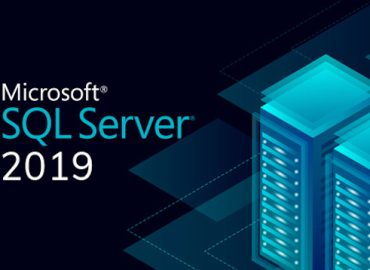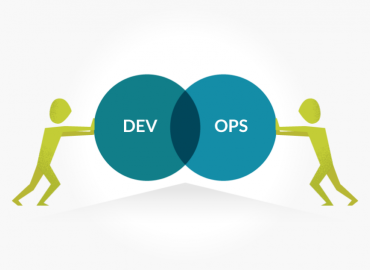In today’s digital world, the use of data has become a critical aspect of many businesses. The management of this data is equally essential, and this is where the database management system (DBMS) comes into play. A DBMS is a software system designed to manage, store, and retrieve data efficiently. In this article, we will explore the definition of a database management system, its components, types, and how it works.
Components of DBMS
A DBMS comprises several components, including the data dictionary, database engine, query language, and user interface. The data dictionary stores metadata, which is information about the data stored in the database. The database engine is responsible for managing and manipulating the data stored in the database, while the query language allows users to interact with the data. Finally, the user interface enables users to interact with the DBMS by providing a platform for data input, retrieval, and management.
Types of DBMS
There are different types of DBMS, including hierarchical, network, relational, and object-oriented DBMS. Hierarchical DBMS arranges data in a tree-like structure, while network DBMS stores data in a network of interconnected records. Relational DBMS stores data in tables with predefined relationships between them, while object-oriented DBMS stores data in objects with attributes and methods. Each type of DBMS has its unique features, advantages, and disadvantages, and the choice of which to use depends on the specific needs of a business.

How DBMS Works
The functioning of a DBMS involves several steps. First, the data is input into the DBMS through the user interface. The DBMS then validates the data and stores it in the database. The user can then retrieve the data through the query language, which processes the request and retrieves the data. The DBMS then manipulates the data based on the user’s request and returns the result to the user.
In conclusion, a database management system is a crucial software system that helps businesses manage their data efficiently. It comprises several components, including the data dictionary, database engine, query language, and user interface. There are different types of DBMS, including hierarchical, network, relational, and object-oriented DBMS, each with its unique features and advantages. Understanding how a DBMS works is essential for businesses that rely on data to make informed decisions.





